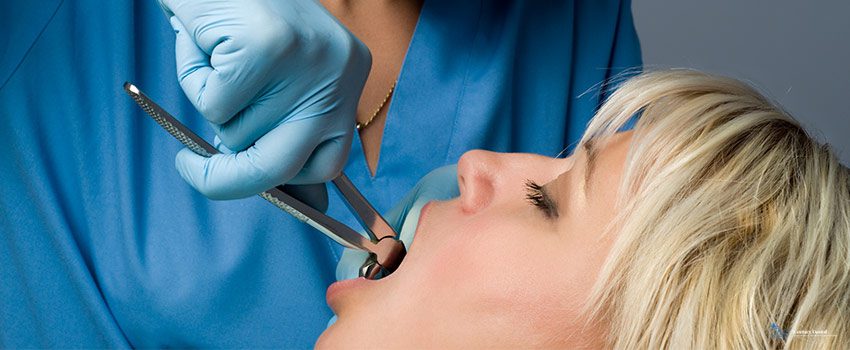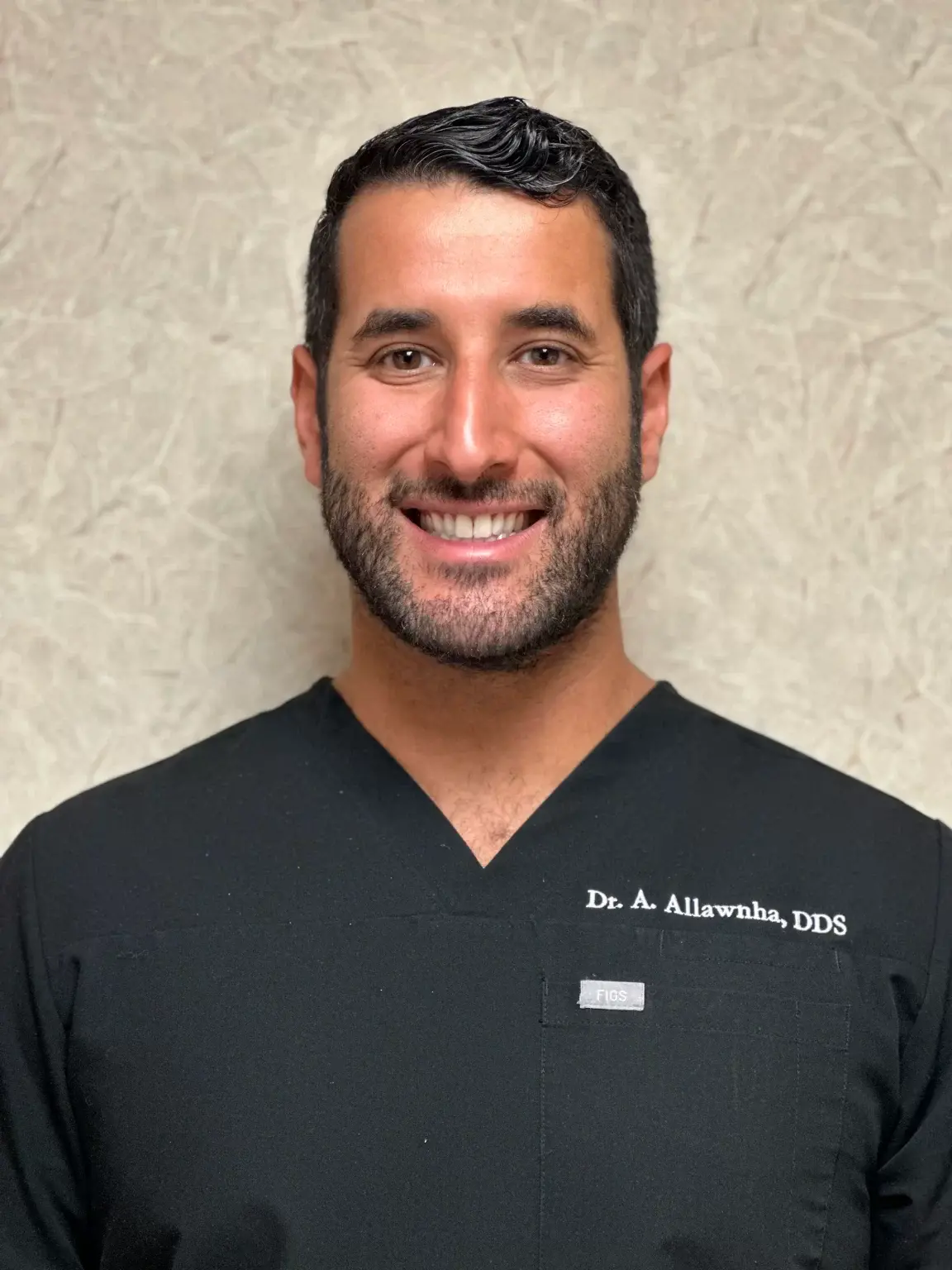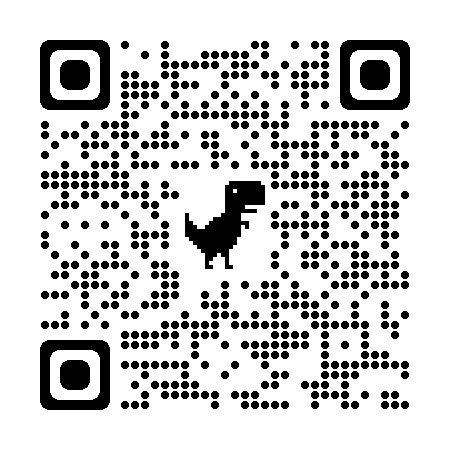Tooth pulling has been man’s oldest solution to toothache.
Tooth extraction is a procedure that involves the complete removal of a tooth from its socket. Sometimes, it’s called “pulling” a tooth. Some people may get a bit nervous about having their teeth pulled and experiencing signs of an infected tooth extraction site, but it’s one of the only ways to save your overall oral health.
It’s also one of the most common procedures done at a dentist’s office. But do we know what signs we should look out for that will tell us we might need one? Here are some of them.
Reasons for Tooth Extraction
Before we dive into the nitty-gritty stuff, it’s best to learn why dentists extract teeth. Dental crowns and fillings are sometimes enough to repair damaged teeth. However, there will be times when the damage is too severe for repair. This is when your dentist might recommend pulling your tooth.
Other reasons dentists extract teeth are:
Overcrowding
Sometimes, teeth are too large to fit comfortably in the jaw, which causes crooked teeth and pain. Your dentist will always attempt to save teeth and over alternatives. However, there will be times an extraction is necessary. In this case, they may need to take X-rays of your teeth to determine which teeth they need to pull.
Wisdom teeth also cause overcrowding. They are painful and usually erupt later in life, making teeth shift and causing problems in alignment. Your dentist may remove your wisdom teeth to protect your overall oral health and prevent future pain.
Dental Trauma
Injuries to the mouth can damage teeth, ligaments, bone, or tissue. Your dentist might have to remove severely damaged teeth to correct the bite.
Gum Disease
Severe gum disease leads to receding gum tissues. It also results in pockets that look like tiny holes, exposing tooth structure and roots. These make teeth more sensitive to food and air, causing pain and damage to your teeth and roots.
Eventually, severe gum disease causes infections that weaken jawbones and teeth, leading to bone loss that causes teeth to fall out. Having a professional infected tooth extraction will reduce the risk of further infections.
Infection
Infection occurs and spreads when bacteria from the mouth enter the tooth’s pulp, where the nerves and blood vessels that connect to the teeth are found. This is often treated with root canal therapy. However, if the infection is severe enough that antibiotics and root canals are rendered ineffective, infected tooth extraction may be necessary to keep the infection from spreading.
Signs You Need a Tooth Extraction
Some of the signs you might need to have a tooth removed include:
Fractured Tooth
Patients with tooth fractures extending to the root of the tooth or below the gum line should visit the dentist to have them examined. These fractures may cause severe, sharp pains. It’s essential to seek help to determine if you need tooth extractions; delaying treatment could lead to more pain and complications.
Loose Teeth
Teeth are not supposed to feel loose. Adult teeth may feel loose for various reasons, making it essential for a dentist to examine them. They may recommend removing your teeth if they are damaged beyond repair to address the problem.
Painful Gums or Jaw
Constant or severe pain in the jaw or gums is a sign that you might need to have a tooth extracted. You might have an infected tooth, gum, or a deep cavity causing the pain. Impacted wisdom teeth also cause the same painful sensations.
What to Expect During Tooth Extractions
A dentist or an oral surgeon often performs tooth extractions. Some of the things they’ll perform during tooth extractions are:
1. Anesthesia Administration
Your dentist will administer an anesthetic to keep you from feeling any pain. They may administer a local anesthetic injection to make the area around the affected tooth numb before pulling it out. They may also use a general anesthetic that will allow you to sleep throughout the procedure without feeling pain.
2. Tooth Pulling
Your dentist will proceed with extracting your teeth once the anesthesia has taken effect. They will use forceps to grasp the tooth and gently rock it back and forth to release it from the jawbone, ligaments, and other supporting structures.
Your dentist might cut through gum and bone tissues covering an impacted tooth. If the tooth is difficult to remove, they might have to remove it in pieces.
3. Stem the Bleeding
A blood clot will form in the socket after your dentist pulls your tooth. They’ll place a gauze pad on the socket to stop the bleeding. They may also place a few self-dissolving stitches to close gums around the extraction site.
What to Do After Tooth Extractions
Your dentist will provide you with detailed instructions for post-surgical care after your extraction. Some general guidelines they may give to help hasten recovery and avoid tooth extraction complications are:
Take medications as instructed.
Your dentist might prescribe pain killers and antibiotics to help reduce the pain and speed up recovery. You may also use over-the-counter pain relief medications like acetaminophen or ibuprofen. Follow all their instructions regarding these medications.
Keep extraction site clean.
Use an antimicrobial mouthwash to gently rinse the extraction site two to three times a day. Avoid brushing the extraction site directly until your dentist permits you, and continue with the usual oral care regimen for other areas. Otherwise, you might notice some signs of an infected tooth extraction site.
Avoid strenuous activities.
Avoid strenuous activities like exercising at the gym for at least two days. Elevated heart rates can lead to increased bleeding and discomfort after surgery. It may also dislodge the blood clot on the extraction site. Ask your dentist when you can safely continue your normal routines.
When to Call Your Dentist
Feeling some discomfort after the anesthesia wears off is normal. You should also expect some swelling and residual bleeding 24 hours after the extraction.
However, contact your dentist if you experience severe bleeding or pain more than four hours after your tooth is extracted.
Call your dentist if you experience these other tooth extraction complications:
- Nausea or vomiting
- Symptoms of infection like fever and chills
- Redness, swelling, and excessive discharge from the extraction site
- Coughing, shortness of breath, chest pain
Signs of an Infected Tooth Extraction Site
Tooth extraction infection symptoms begin when bacteria enter the site where your tooth used to be. From there, the infection can spread to other parts of the body through the bloodstream.
Smoking soon after extraction also leads to an infection. Smoking makes it difficult for the body to fight infections and dislodges any blood clot at the extraction site.
Some signs of an infected tooth extraction site include:
- Worsening pain
- Foul odors from the mouth
- Discharge from the extraction site
- Continuous bleeding longer than 24 hours
- Continuous gum swelling after 24 hours
Visit your dentist as soon as possible if you notice these tooth extraction infection symptoms.
Take Better Care of Your Teeth with Century Dental
No matter the reasons for tooth extraction, you are in the safe hands of our dentist in Madeira Beach, FL. Aside from performing your tooth extractions, we also provide our patients with options for tooth replacements like implants and dentures. Drop by or call us today for any inquiries and concerns you may have. Experience the best oral care here at Century Dental.





